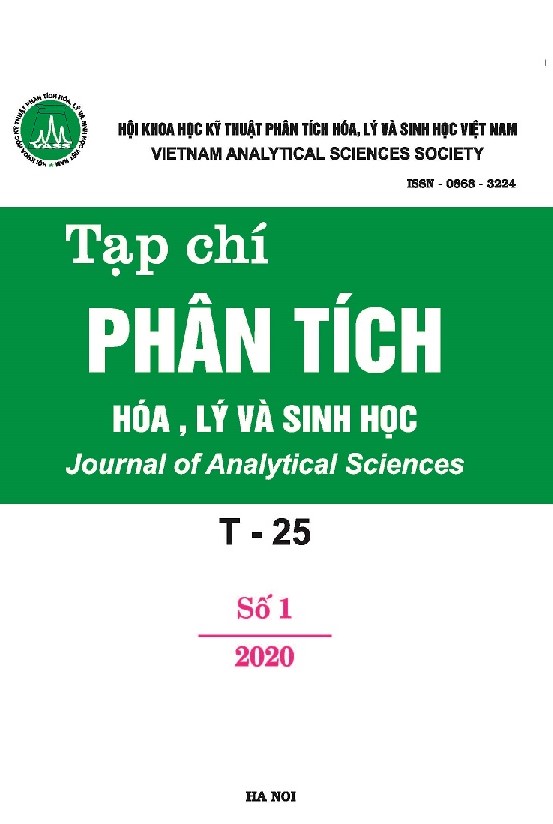NGHIÊN CỨU XỬ LÝ SINH HỌC CHO NƯỚC THẢI NUÔI TÔM TẠI BÌNH ĐỊNH BẰNG CÔNG NGHỆ SEQUENCING BATCH REACTOR
Tóm tắt
The shrimp aquaculture wastewater is taken from shrimp ponds in Phuoc Son village, Tuy Phuoc
district, Binh Dinh province. This water contained high concentrations of carbon and nitrogen and was
successfully treated using a sequencing batch reactor (SBR). By operating the reactor sequentially in
aerobic, anoxic and aerobic modes, nitrification and denitrification were achieved, as well as removal
of carbon. Specifically, the initial chemical oxygen demand (COD) concentration of 455,8 mg/l was
reduced to 78,5 mg/l within 8 days of reactor operation. Ammonia in the sludge was nitrified. The
denitrification of nitrate was achieved by the anoxic process and total removal of nitrite was observed.
The total suspended solids (TSS) content was reduced quickly. The results indicated that the
temperature range of 28 – 38 oC produced best results in terms of maximum nitrogen and carbon
removal from the wastewater. The SBR system showed promising results and could be used as a viable
treatment alternative in the shrimp industry.
Keywords. Shrimp wastewater; Sequencing batch reactor; Chemical oxygen demand, Ammonium,
Nitrification; Denitrification.

